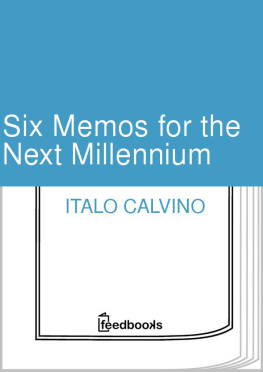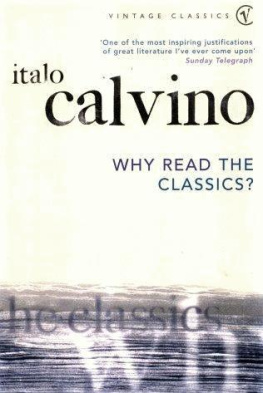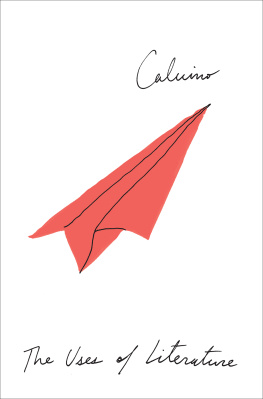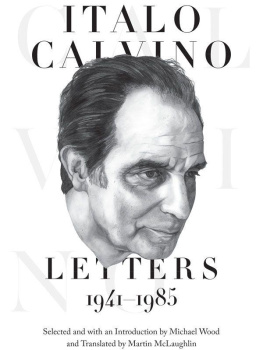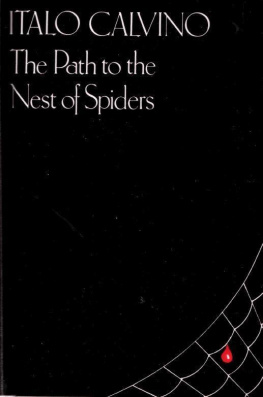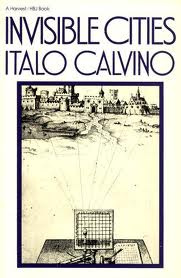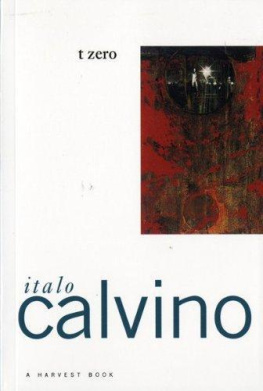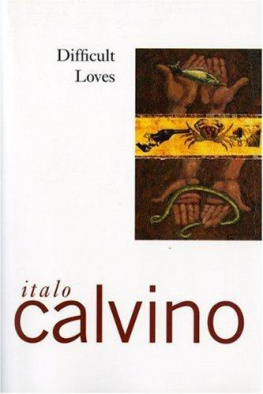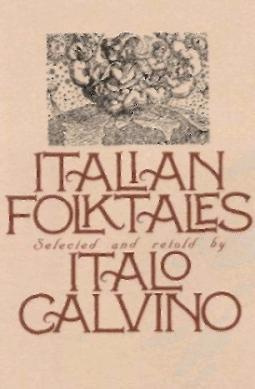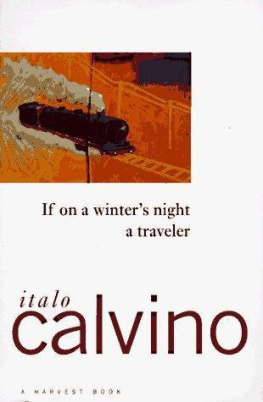SIX MEMOS for the NEXT MILLENNIUM
ITALO CALVINO
Copyright 1988
ISBN 0-674-81040-6
A NOTE ON THE TEXT
About the title: Although I carefully considered the fact that the title chosen by Italo Calvino, "Six Memos for the Next Millennium," does not correspond to the manuscript as I found it, I have felt it necessary to keep it. Calvino was delighted by the word "memos," after having thought of and dismissed titles such as "Some Literary Values," "A Choice of Literary Values," "Six Literary Legacies"all of them ending with "for the Next Millennium."
Calvino started thinking about the Charles Eliot Norton Lectures as soon as they were proposed in 1984. He stood before the vast range of possibilities open to him and he worried, believing as he did in the importance of constraints, until the day he settled on a scheme to organize the lectures; after that, he devoted most of his time to their preparation. From the first of January 1985 he did practically nothing else. They became an obsession, and one day he announced to me that he had ideas and material for eight lectures. 1 know the title for what might have been an eighth lecture: "Sul cominciare e sul finire" (On the beginning and the ending [of novels]). But I have not yet been able to find the text.
My husband had finished writing these five lectures by September 1985, at the moment of departure for the United States and Harvard University. Of course, these are the lectures Calvino would have readPatrick Creagh was in the process of translating themand he would certainly have revised them before their publication as a book by Harvard University Press. But I do not think there would have been major changes:
the difference between the first versions I read and the final ones lies in structure, not content. Calvino wanted to call the sixth lecture "Consistency," and he planned to write it in Cambridge. I found the others, all in perfect order, in the Italian original, on his writing desk ready to be put into his suitcase.
I should like to express my gratitude to Patrick Creagh for his hard work on the translation; to Kathryn Hume, from Pennsylvania State University, for the help she has given mein more ways than onein preparing the manuscript for publication; and to Luca Marighetti, from Konstanz University, for his deep knowledge of Calvino's work and thought.
Esther Calvino
Chapter 1
Lightness
I will devote my first lecture to the opposition between lightness and weight, and will uphold the values of lightness. This does not mean that I consider the virtues of weight any less compelling, but simply that I have more to say about lightness.
After forty years of writing fiction, after exploring various roads and making diverse experiments, the time has come for me to look for an overall definition of my work. I would suggest this: my working method has more often than not involved the subtraction of weight. I have tried to remove weight, sometimes from people, sometimes from heavenly bodies, sometimes from cities; above all I have tried to remove weight from the structure of stories and from language.
In this talk I shall try to explainboth to myself and to you why I have come to consider lightness a value rather than a defect; to indicate the works of the past in which I recognize my ideal of lightness; and to show where I situate this value in the present and how I project it into the future.
I will start with the last point. When I began my career, the categorical imperative of every young writer was to represent his own time. Full of good intentions, 1 tried to identify myself with the ruthless energies propelling the events of our century, both collective and individual. I tried to find some harmony between the adventurous, picaresque inner rhythm that prompted me to write and the frantic spectacle of the world, sometimes dramatic and sometimes grotesque. Soon 1 became aware that between the facts of life that should have been my raw materials and the quick light touch I wanted for my writing, there was a gulf that cost me increasing effort to cross. Maybe I was only then becoming aware of the weight, the inertia, the opacity of the worldqualities that stick to writing from the start, unless one finds some way of evading them.
At certain moments I felt that the entire world was turning into stone: a slow petrification, more or less advanced depending on people and places but one that spared no aspect of life. It was as if no one could escape the inexorable stare of Medusa. The only hero able to cut off Medusa's head is Perseus, who flies with winged sandals; Perseus, who does not turn his gaze upon the face of the Gorgon but only upon her image reflected in his bronze shield. Thus Perseus comes to my aid even at this moment, just as I too am about to be caught in a vise of stone which happens every time I try to speak about my own past. Better to let my talk be composed of images from mythology.
To cut off Medusa's head without being turned to stone, Perseus supports himself on the very lightest of things, the winds and the clouds, and fixes his gaze upon what can be revealed only by indirect vision, an image caught in a mirror. I am immediately tempted to see this myth as an allegory on the poet's relationship to the world, a lesson in the method to follow when writing. But I know that any interpretation impoverishes the myth and suffocates it. With myths, one should not be in a hurry. It is better to let them settle into the memory, to stop and dwell on every detail, to reflect on them without losing touch with their language of images. The lesson we can learn from a myth lies in the literal narrative, not in what we add to it from the outside.
The relationship between Perseus and the Gorgon is a complex one and does not end with the beheading of the monster. Medusa's blood gives birth to a winged horse, Pegasusthe heaviness of stone is transformed into its opposite. With one blow of his hoof on Mount Helicon, Pegasus makes a spring gush forth, where the Muses drink. In certain versions of the myth, it is Perseus who rides the miraculous Pegasus, so dear to the Muses, born from the accursed blood of Medusa. (Even the winged sandals, incidentally, come from the world of monsters, for Perseus obtained them from Medusa's sisters, the Graiae, who had one tooth and one eye among them.) As for the severed head, Perseus does not abandon it but carries it concealed in a bag. When his enemies are about to overcome him, he has only to display it, holding it by its snaky locks, and this bloodstained booty becomes an invincible weapon in the hero's hand. It is a weapon he uses only in cases of dire necessity, and only against those who deserve the punishment of being turned into statues. Here, certainly, the myth is telling us something, something implicit in the images that can't be explained in any other way. Perseus succeeds in mastering that horrendous face by keeping it hidden, just as in the first place he vanquished it by viewing it in a mirror. Perseus's strength always lies in a refusal to look directly, but not in a refusal of the reality in which he is fated to live; he carries the reality with him and accepts it as his particular burden.
On the relationship between Perseus and Medusa, we can learn something more from Ovid's Metamorphoses. Perseus wins another battle: he hacks a sea-monster to pieces with his sword and sets Andromeda free. Now he prepares to do what any of us would do after such an awful chorehe wants to wash his hands. But another problem arises: where to put Medusa's head. And here Ovid has some lines (IV740-752) that seem to me extraordinary in showing how much delicacy of spirit a man must have to be a Perseus, killer of monsters: "So that the rough sand should not harm the snake-haired head
Next page
